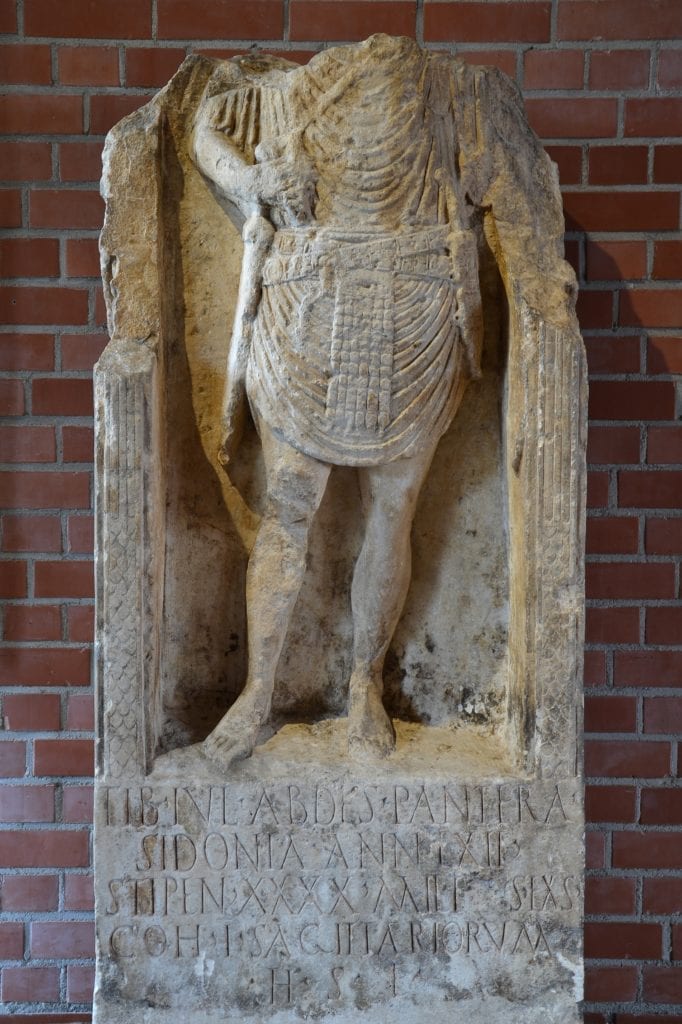Christianity proclaims that Jesus was born of a virgin. Jesus was officially declared God at the Council of Nicaea in 325. Gods need special birth circumstances. They cannot enter the world in common ways. Thus, with the declaration at Nicaea, virgin birth became a necessity. The Gospels, however, don’t exactly support the claim. Ancient traditions coupled with what we now know about the true nature of reality suggest that He entered the world just as we all did.
The first Gospel suggestion of virgin birth is found in Matthew 1:23: “Behold the virgin shall be with child…” The verse (the author is unknown-I call him Matthew) draws from an Old Testament passage, Isaiah 7:11, where a young woman of “marriageable age” is prophesied to give birth to a son as a sign that certain military victories will be forth coming. However, the verse in Isaiah has nothing to do with the coming of a Messiah. In all likelihood Matthew was using Jesus’s birth to highlight the Isaiah passage. The practice of using a current event to bring life to an Old Testament tradition is called midrash and was popular in Jesus’s time.
In making the claim, Matthew relied on the Septuagint, the BC 2nd century Greek version of the Hebrew Bible. In the translation from Hebrew to Greek, the Hebrew word for young woman of marriageable age, “almah,” was mistranslated to “parthenos,” the Greek word for virgin. The Hebrew language has a word for virgin. It is “bethulah.” If Isaiah had meant virgin he would have written “bethulah,” not “almah.” The mistranslation is known as the almah-bethulah controversy and has long been a lightning rod in the virgin birth debate. Still, Christianity heavily defends Matthew’s claim of virgin birth on the basis that he was divinely inspired to write what he wrote. The Gospel of Luke also references a virgin birth but, having been written ten years or so after Matthew, “copy-cating” may be at work. Mark, the first Gospel written, and John, the last, know nothing of a virgin birth. The assertion that divine inspiration caused the author of Matthew to write what he wrote has issues for it ignores the possibility that the authors of Mark and John were divinely inspired to not write what they didn’t write. The door of divine intervention swings both ways.
Even with the virgin claim, the author of Matthew leaves footprints to suggest that something is amiss in Jesus’s birth. Matthew’s genealogy connects Jesus to King David. The lineage includes the name of four women; five including Mary. This inclusion would normally be taboo in 1st century Jewish practice as women were not considered to make genetic contribution to the baby. Women were carriers and nothing more. The unknown author, definitely a Jew, would have known better than break a long-standing tradition. Clearly, including women was a conscious decision. Moreover, the four women are not very nice.
The four in question are Tamar, Rahab, Ruth and Bathsheba. Bathsheba is not named per se but is identified as the wife of Uriah. Tamar disguises herself as a prostitute and, using trickery, has sex with Judah (Genesis 38). Rahab assisted the Israelites in capturing Jericho. She is described as a harlot and spared in the onslaught by displaying a red cord in her window (Joshua 2). Some scholars contend that the red cord is the root of what came to be the red light district of prostitution zones in modern times. Ruth uncovers the feet of the sleeping Boaz and asks him to “spread his cloak over her” (Ezekiel 16). Bathsheba, wife of Uriah, became pregnant by King David. David arranged to have Uriah killed whereupon he and Bathsheba were married (2 Samuel 11). With respect to Mary, Matthew’s lineage concludes by saying that Jacob, the second to the last male in the line-up, fathered Joseph who is mentioned as the husband of Mary. Mary, in turn, is identified as the mother of Jesus. Later it is made clear. Joseph is not Jesus’s father. Mary was found with child through the Holy Spirit (Matthew 1:18).
The words “through the Holy Spirit” don’t necessarily exclude sexual intercourse. They could mean divine involvement in consummating conception with whoever it was Mary had sexual intercourse with. Divine involvement in the context that the one being born from the non-human realm is primary in parental selection is consistent with the idea of reincarnation.
Still, the question stares us down: why is Mary listed in the company of such fast women. Is there an impropriety lurking in the background?
There is documented speculation in the early Church that Mary was raped and impregnated by a Roman soldier. The solder was supposedly named Panthera (sometimes spelled Pantera). Archeological finds confirm that the name Panthera was used in the 1st century, particularly by Roman soldiers. Interest grew when, in 1859, a grave marker for Roman solder Tiberius Julius Abdes Pantera was discovered. Pantera would have been about twenty years old at the time of Jesus’s conception. His home base was Sidon, a famous city in antiquity near what is now the Israel-Lebanon border in Northern Galilee and about twenty miles from another famous city, Tyre. Mark 7:24 tells us that Jesus once visited the District of Tyree and, as stated in the account, “entered a house but wanted no one to know about it…” Now, there is an interesting bit of information. Was Jesus trying to hide something? The district of Tyre was predominantly Gentile, far removed from the Jewish population that Jesus appealed to. Why was He there to begin with?
There is documented speculation in the early Church that Mary was raped and impregnated by a Roman soldier.
The 2nd century Greek philosopher Celsus claimed that he had written evidence that Jesus was the son of a Roman soldier named Pantera. Origin, a 2nd century theologian, acknowledges the tradition but claims it was a story that was concocted in order to deny virgin birth. The 4th century apologist Epiphanius also knows the story but says that “Pantera” was a nickname for Joseph’s father.

(Creator-Pudelek. License CC 3.0 unported. Available on Wikipedia)
The Pantera tradition also shows up in five places in the Jewish Talmud. All make reference to a healer making healings in the name of Yeshu ben Pantera, i.e., Jesus, son of Pantera. Note, this usage is in no way derogatory. It suggests that Jesus, son of Pantera may have been a common way of referring to Jesus in His time.
Taking all of this at face value—the Bible mistranslation, Mary’s association with women of dubious character, the Pantera tradition and Jesus’s strange foray into a district far removed from His ministry, then entering a home He didn’t want anyone to know about—if placed before an impartial jury would lead to a verdict, at best, that Jesus’s birth certificate would read “father unknown.” But, now that we know that the one event that resulted in Jesus being made God, the resurrection, is actually the natural way of departing the planet we can confidently state that there was no virgin birth.(Here I invite the reader to view my blogs on rainbow body, resurrection and Gospel of Thomas.) By removing the virgin label from Mary we can now stop adoring her and begin emulating her. The Bible tells us precious little about her life, ostensibly making emulation diffi. But, we rest in the knowledge that the apple never falls far from the tree. Thus, when we emulate Jesus we emulate her as well.

